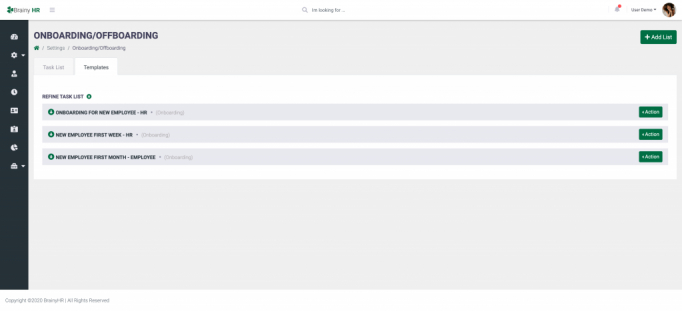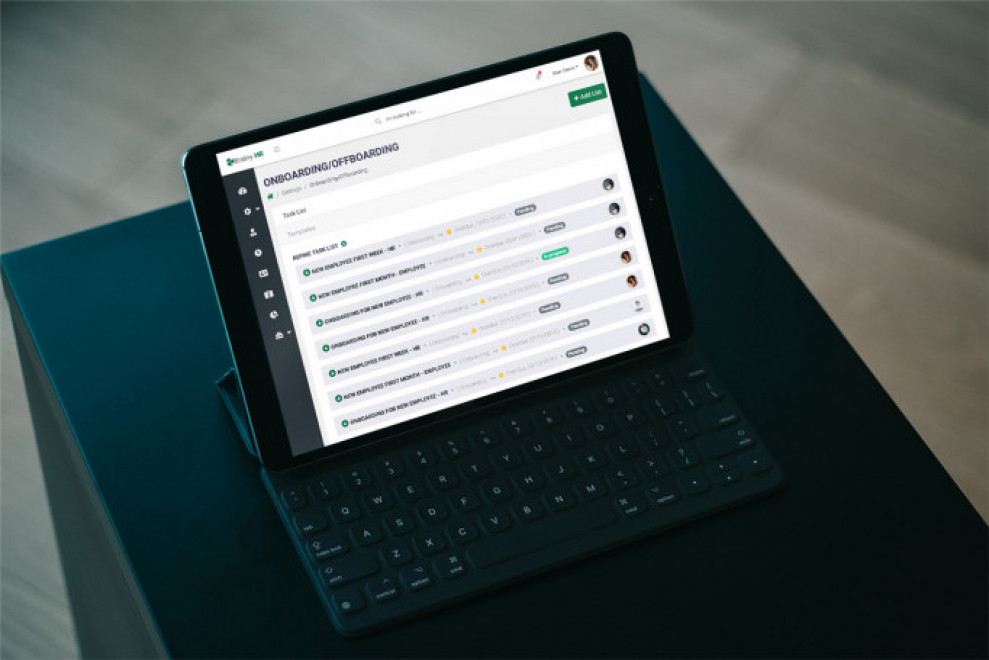Why is onboarding so important for business?
The adaptation process is commonly known as onboarding, it is the only way for new employees to easily and quickly integrate with the team and effectively perform their tasks. This process should provide the necessary knowledge both at the strategic level (mission and vision, organizational structure, goals), procedural (communication principles, document flow), as well as personal (responsibilities, development opportunities). Onboarding is not a meeting, but rather a long process from signing the contract to the end of the trial period.
But how to do it right? Key elements of onboarding
Don't worry, onboarding is not as difficult as it may seem. By having the right tools and realizing all the issues that have an impact on the quality and effectiveness of this process, you are able to make your new employees adapt to a new place in the blink of an eye!
Let's start with the basic assumptions that determine the effective adaptation process. Onboarding is nothing more than the way in which we accept and introduce new employees to our company. Adaptation takes place in 4 areas, also called 4C:
Compliance (procedures) - this area is called paperwork and administrative issues related to hiring a new employee. There are many different tasks to consider. Starting from the need to provide and complete documentation (e.g. create an employee's email address or assign accounts, logins and passwords to the employee that allows the use of various tools that your organization has)
Clarification - this area refers to the proper presentation to the employee of assigned tasks and expectations. This means that the goals and tasks should be clear not only for the newly hired person but also for his supervisor and members of the team he will join.
Culture - this area is the formal and informal "rules of the game" in your organization, that is, how you should act and how to achieve the goals in your company.
Connection - an area related to the idea of integration with the team and the mission of the company, which makes newly employed people feel "part of the family."
This 4C are blocks that are used to build every onboarding program.
What does offboarding mean?
Offboarding is not only the process of dismissing an employee from the moment he makes a decision until the last day at work but also HR interaction after these. The goal is to create a positive atmosphere for the employee, who is leaving the company.
But how to do it right? Key elements of offboarding
First, the company has to answer this question: Who is responsible for offboarding? Ideally, the HR department should be responsible, because it controls the departure date, preparation, and the offboarding interview.
Conducting an offboarding interview: The exit interview is the key point of every offboarding process. Here HR asks about the motives for the termination or explains its own motives and the further steps.
Communication: It is important to recount quickly, openly and honestly to all colleagues and customers in order to prevent possible rumors and negative effects on the working atmosphere.
Keep in touch: In order to keep in touch with employees who have left the company, it makes sense to set up an alumni network. The networking of previous colleagues on platforms such as Linkedin also supports further networking.
Encourage good evaluation: employer evaluation platforms play an increasingly important role in shaping the employer brand.
Openness to return: Sometimes the new job shows that everything was better with the previous employer. This is a good chance to win back an employee who knows the company, fits the corporate culture and at the same time brings new impressions and experiences.
Top ways to significantly boost your Onboarding and Offboarding process
The progressing globalization on the labor market and its consequences pose new challenges to HR specialists. Digital transformation and the use of new technologies, including business process management systems is the best way.
- Ditch paper, go mobile
- Create an onboarding\offboarding plan

- Make a list of all tasks to formulate an onboarding\offboarding program

As you can see, creating your own unique onboarding program for new employees is not difficult. The main thing is to follow the instructions and then you will have not only a ready-made adaptation system but also more time for other important tasks.
Create a free account with Brainy HR and start developing your onboarding program today. And if you need help, you can always contact us in an online chat or write an email to support@brainyhr.io.


 Posted on Apr 8, 2020 by Anna
Posted on Apr 8, 2020 by Anna


